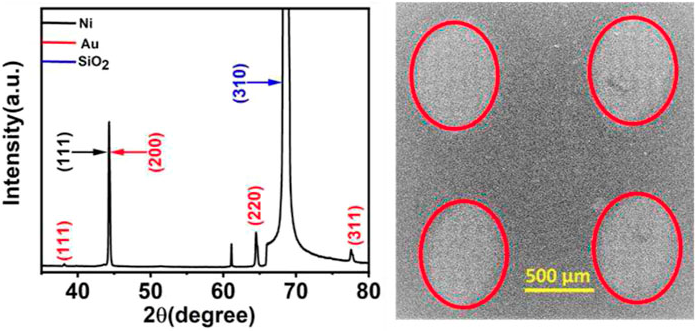In this research, we explore sequence-dependent chiral-induced spin selectivity (CISS) in double-stranded (ds)-DNA using time-correlated single-photon counting and electrochemical impedance spectroscopy supplemented by tight-binding calculations of the phenomenon for the first time. The average lifetime of the photo-excited electrons in a Quantum Dot-DNA system is influenced by the CISS effect generated by the DNA molecule, and the difference in average time decay of electrons was found to be 345 ps for opposite polarity (“UP” and “DOWN”) of spins due to the CISS effect. Moreover, the yield of spin-polarized electrons due to the CISS effect was reduced by more than 35% from perfect DNA to DNA with point mutations. Remarkably, by employing a tight binding method combined with Green’s function formalism for transport, simulations of the process support the observed experimental trends. Our results provide a basic understanding of the sequence-specific spin-dependent electron transfer through ds-DNA. These results would help to build spin-based next-generation DNA sensors.

In this research, we explore sequence-dependent chiral-induced spin selectivity (CISS) in double-stranded (ds)-DNA using time-correlated single-photon counting and electrochemical impedance spectroscopy supplemented by tight-binding calculations of the phenomenon for the first time. The average lifetime of the photo-excited electrons in a Quantum Dot-DNA system is influenced by the CISS effect generated by the DNA molecule, and the difference in average time decay of electrons was found to be 345 ps for opposite polarity (“UP” and “DOWN”) of spins due to the CISS effect. Moreover, the yield of spin-polarized electrons due to the CISS effect was reduced by more than 35% from perfect DNA to DNA with point mutations. Remarkably, by employing a tight binding method combined with Green’s function formalism for transport, simulations of the process support the observed experimental trends. Our results provide a basic understanding of the sequence-specific spin-dependent electron transfer through ds-DNA. These results would help to build spin-based next-generation DNA sensors.
